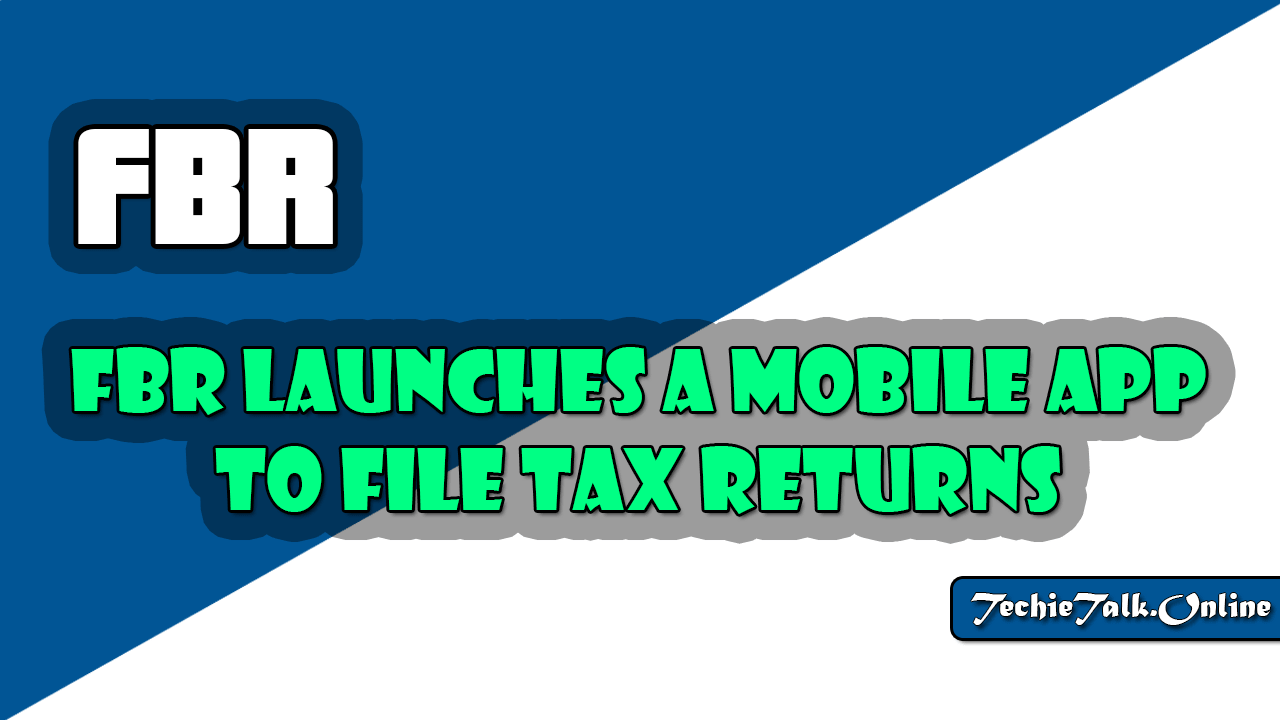
Pretty Good Privacy
Pretty Good Privacy (PGP) is a freeware email encryption system. PGP was introduced in the early 1990s, and it’s considered to be a very good system. It’s widely used for email security.
PGP uses both symmetrical and asymmetrical systems as a part of its process; it is this serial combination of processes that makes it so competent.
Below provides an overview of how the various components of a PGP process work together to provide security.
During the encryption process, the document is encrypted with the public key and also a session key, which is a one-use random number, to create the ciphertext. The session key is encrypted into the public key and sent with the ciphertext.
On the receiving end, the private key is used to ascertain the session key. The session key and the private key are then used to decrypt the ciphertext back into the original document.
An alternative to PGP that is freeware is PGP (GNU Privacy Guard). it is the part of the GNU project by the Free Software Foundation and is interoperable with PGP.
Like its alternative, PGP, it is considered a hybrid program since it uses a combination of symmetric and public-key cryptography.
This free replacement for PGP can be downloaded, from www.gnup.org.
BELOW: The PGP encryption system.




